Customer Engagement TrendsBrands are built on the success of their customer service. Instead of it being a responsive measure to deal with complaints, companies are learning to take personalised, empathetic customer care right to the heart of everything they do. This...
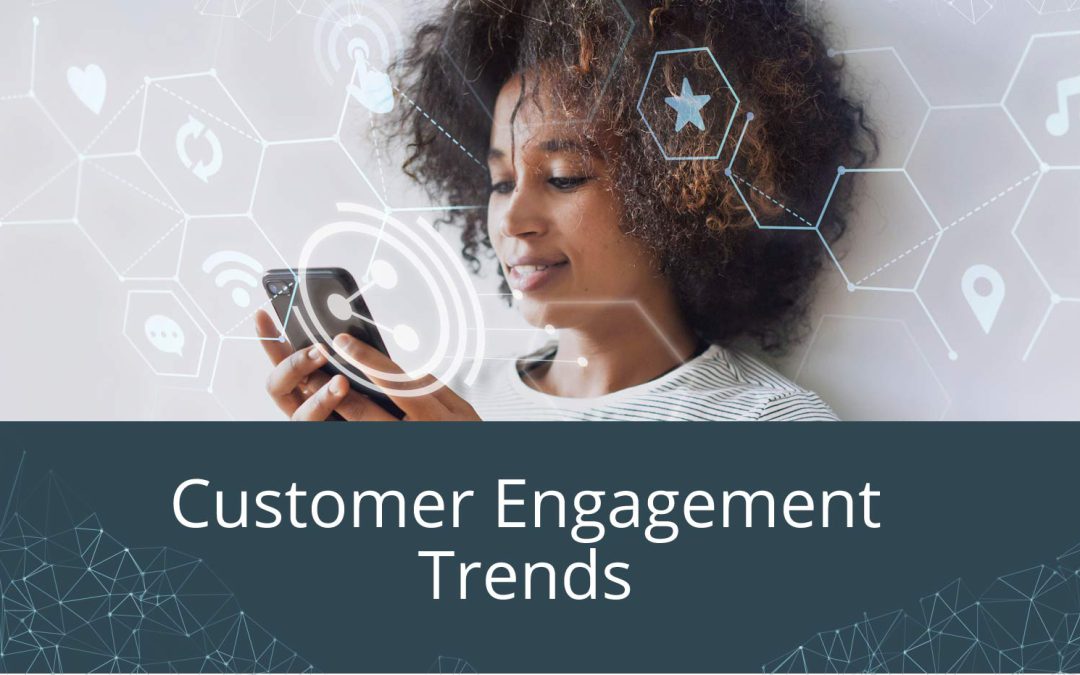
Customer Engagement Trends
Customer Engagement Trends
Brands are built on the success of their customer service. Instead of it being a responsive measure to deal with complaints, companies are learning to take personalised, empathetic customer care right to the heart of everything they do. This comes at the right time because customer expectations for hyper-personalised service from businesses continue to increase.
Winning the trust and loyalty of customers depends on how well businesses across every industry utilise their customer data and empower their teams to make every digital and physical engagement matter.
We are here to help you explore the art of customer service and engagement. We understand the importance of creating a more unified, intelligent data ecosystem to spark innovation across customer service teams. As your customers’ needs evolve, we can partner with you to turn every customer interaction into an opportunity to delight.
Create outstanding experiences in the moments that matter
Gaining a customer for life happens when organisations make every interaction matter. Whether that is reacting efficiently to a customer query, complaint, or need, or proactively taking steps to offer a new product or service. The key is to personalise the experience. Better understand your customers to create personalised journeys and lasting brand loyalty.
Demand for this bespoke treatment has increased. Today’s expectations are for hyper-personalisation across all channels of engagement between the customer and organisation. This move towards an omnichannel model has increased the scope in which companies can reach customers in new ways.
Where should a business start in this vast landscape of customer touchpoints to craft a personalisation strategy that leads to customer delight and long-term loyalty? Let us examine this now.
Understand your customers
It takes 12 positive customer experiences to negate the poor impression left behind from a single unpleasant experience. There is no margin for error when it comes to delivering customer care. A crowded marketplace of competitors, coupled with the number of digital channels open to consumers to voice their opinions and experiences with brands (both positive and negative) means that a single missed opportunity to delight a customer can have a significant impact on your brand reputation.
Employees use data to personalise the experience of the customer. The goal is to make every customer feel that the service they are receiving is 100 percent customised to them. However, this is not always achievable due to time and budget constraints.
Instead, a crucial step is to analyse your own data estate. From your customer relationship management (CRM) system to social channels and customer engagement (CE) platforms. Integrating this data for analysis with a Customer Data Platform (CDP) can help to surface rich insight by creating a single customer view that generates individualised personas.
Predicting customer behaviours using these data-driven personas can allow businesses to segment their customers more effectively in order to better align customer treatment strategies.
Embrace omnichannel experiences
The ways that customers engage with your business continue to expand. This offers a huge opportunity to benefit from the increased customer data flowing into your business.
Unifying this data into a consolidated customer profile that can carry across any customer touchpoint is fundamental to business personalisation efforts. As a result, conversations are more targeted and relevant. Additionally, customer service agents gain a greater understanding of the events leading up to a customer interaction if this unified omnichannel profile is accessible and properly collated.
Make the most of innovation to personalise
AI adoption for customer service has been widespread. However, its full potential to drive personalisation lies beyond the simple Q&A functionality that has become a popular standard.
Conversational AI’s ability to learn about customer interests and preferences, and then re-engage with personalised product recommendations at key stages of the buying process has become a key personalisation capability for companies to adopt.
The more simplistic virtual assistant functionality also has its place. For example, where customers need to action more simple tasks, such as getting an update on an order status. These systems complement the more complex analytical use cases. AI should be thought of as augmenting existing processes that extend the consistency of your company identity.
Personalise – but do not overdo it
It can be a fine line to tread between providing a customer with bespoke service and appearing to be compromising their privacy. Location-based personalisation techniques such as offers/greetings sent to apps on consumers’ phones when they pass by a store can come off as invasive.
At the same time, be as transparent as possible when it comes to informing consumers about how and why their data is used. Regulations like GDPR (General Data Protection Regulation) have helped created industry standards for this. However, companies can always look to bolster trust with their own in-house messaging and policy statements.
Do not lose the human touch
The capabilities of AI and data analytics are crucial to developing the insights necessary for understanding customers, building profiles, and offering bespoke offers and interactions.
However, businesses should not over-rely on these automated capabilities. The moments that matter are often those of one-on-one human connection. Take time to establish a comprehensive culture of communication that is agile to change. This is essential to empower your customer service agents with the empathetic skills they need to help find resolutions for customers that are personal and valued.
Personalise your customer’s experiences
The ways that personalisation will be felt across customer service will continue to evolve. Either from ongoing trends of increasing digital touchpoints or unexpected factors. Being agile to change is key.
We work with customers across industries to implement modular solutions that fit into existing customer service ecosystems to unlock new personalisation capabilities.

Why use Dynamics 365?
Align sales and marketing
Sales and marketing components can work together to help you better understand a customer’s needs and address those needs through the right marketing channels. Some of the ways these two functions can work together to help you are:
- Connecting with buyers at the right time and through their preferred channels
- Determining what types of messages to send to customers and when to deliver them.
- Prioritising and nurturing the right leads, ensuring a smooth hand-off from marketing to sales.
Increase sales productivity
The right CRM software allows your sales team to find, prioritise the right leads, and deliver insights on when and where your sales teams engage with customers. These systems can work together to:
- Predict future sales and budgets so you can plan accordingly.
- Help your agents streamline the sales process—from initial contact to closing the deal.
- Have client data centralised so that agents have access to real-time information and can deliver solutions quicker.
- Offer your sales staff mobility options that work across browsers and devices.
Build better customer relationships
Bringing customer service and sales together helps you determine and predict your customers’ preferences and makes it easier for your buyers to interact and trust doing business with you. When these two solutions combine, they can help you:
- Get insights into your customers’ journey so you can meet their expectations.
- Provide mobile applications for your clients and staff no matter what device they are using.
- Offer customers an easy-to-use, self-service portal so they can be in control of their data and quickly find answers to their questions.
Get an end-to-end view of your customers
Turn data into insights to keep your current customers happy or connect with new prospects. Other benefits include the ability to:
- Track past customer sales and purchase history.
- Offer benefits to loyal customers.
- Identify future leads.
Use a common platform
CRM takes disparate customer relationship software functions and brings them all together for seamless management. Other common platform benefits are:
- Customisable dashboards that offer up-to-date business intelligence.
- Centralised customer data, whether it is on-premises or in the cloud.
- Options that enable growth into other global markets.
- Easy integration with other software solutions.
Get visibility into customers
The more you know your customer’s preferences, the more likely you are to gain their trust and, eventually, their loyalty. Giving your team visibility into what makes customers tick will give you the inside edge over the competition. Put the customer at the centre of your business with CRM software that helps you:
- Create customised messages for customers according to their needs.
- Set up prompts so agents (in the office and field) know how often a customer has been contacted and what information they have received.
- Learn about how customers prefer to be contacted: social, email, text, or phone.
Offer customer portals
Online self-service portals put customers in control of their data, help them learn about product information, and let them track account activity. Companies have grown to realise that as vital as it is to provide their staff with an online company portal, offering it to clients makes it easier to engage with them as well. Here are three other reasons why customer portals for clients make sense:
- Clients can create and review requests. Whether it is a request for support or order information, you can set up your client portal, so your customers get quick and easy answers. It also cuts down on the number of times that they have to reach out to you to troubleshoot issues.
- Your customers take charge of their data. Put your customers in charge of updating their own information. Not only will their data be more accurate, but you will also be able to take client data management off your staff’s to-do list.
- Automated contact. Contact form information used to be dumped into a database, waiting to be accessed by staff when they needed it. You can now automate contact forms for quick customer response, and to kick off nurture campaigns and workflows, too.
Marketing: Improve your customers’ journey
Generate multichannel marketing campaigns, nurture sales-ready leads, and align your sales and marketing teams with planning and tracking tools that integrate with your existing apps and services.
Subscribe to our newsletter
Don’t miss more articles by The CRM Team
Customer Engagement Trends
Top ecommerce trends for 2023
Top ecommerce trends for 2023ECommerce is one of the most rapidly evolving industries in the world. In order to remain relevant and competitive, businesses must stay up to date with the latest eCommerce trends as well as the ever-changing expectations of their...
10 Tech Trends to Expect in 2023
10 Tech Trends to Expect in 2023With the pandemic accelerating digital transformation, 2022 was hit hard by the digital revolution. Technology is enabling more people than ever to stay connected both personally and professionally, putting pressure on the global...


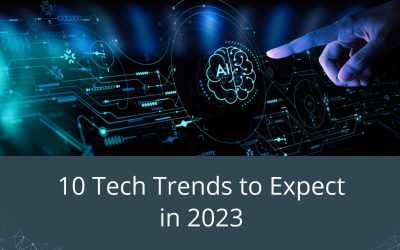
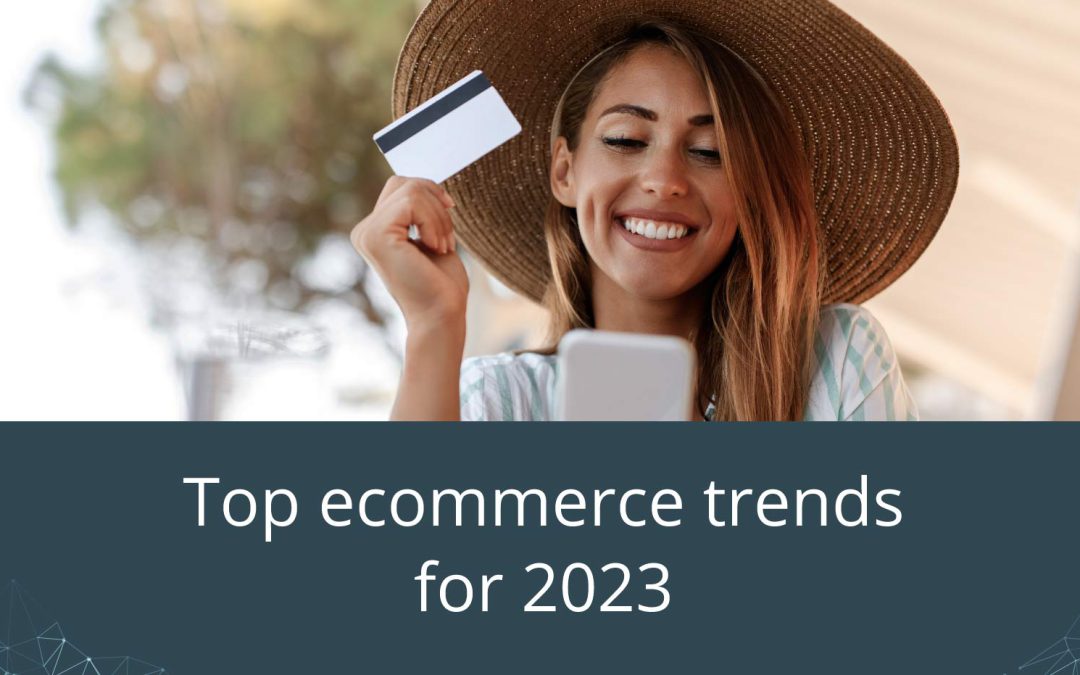
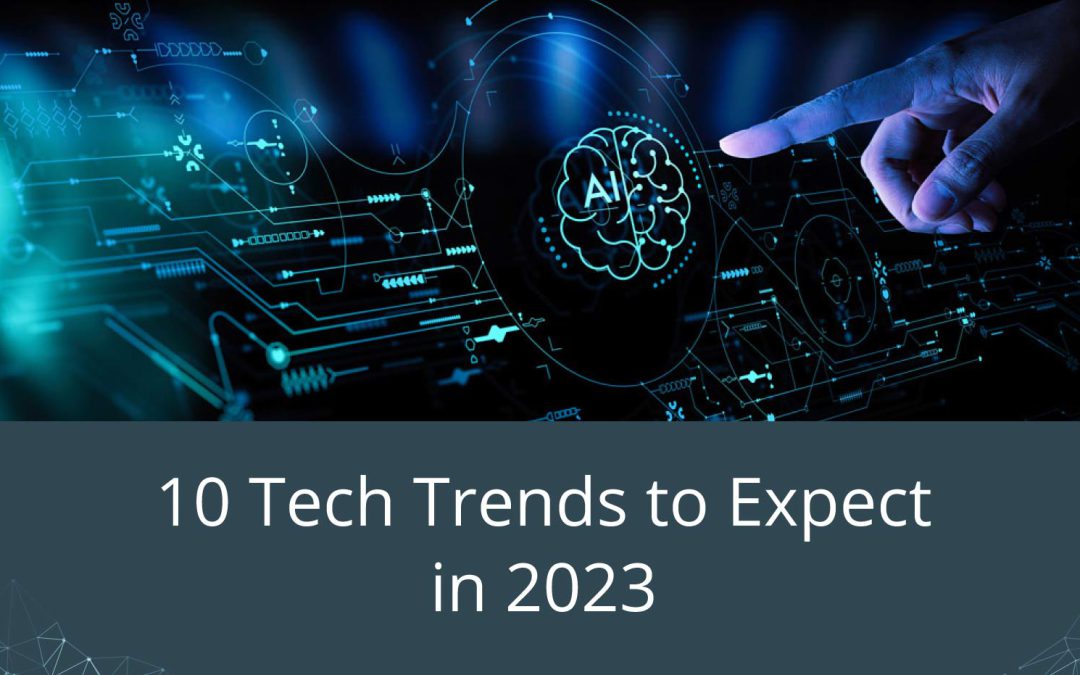
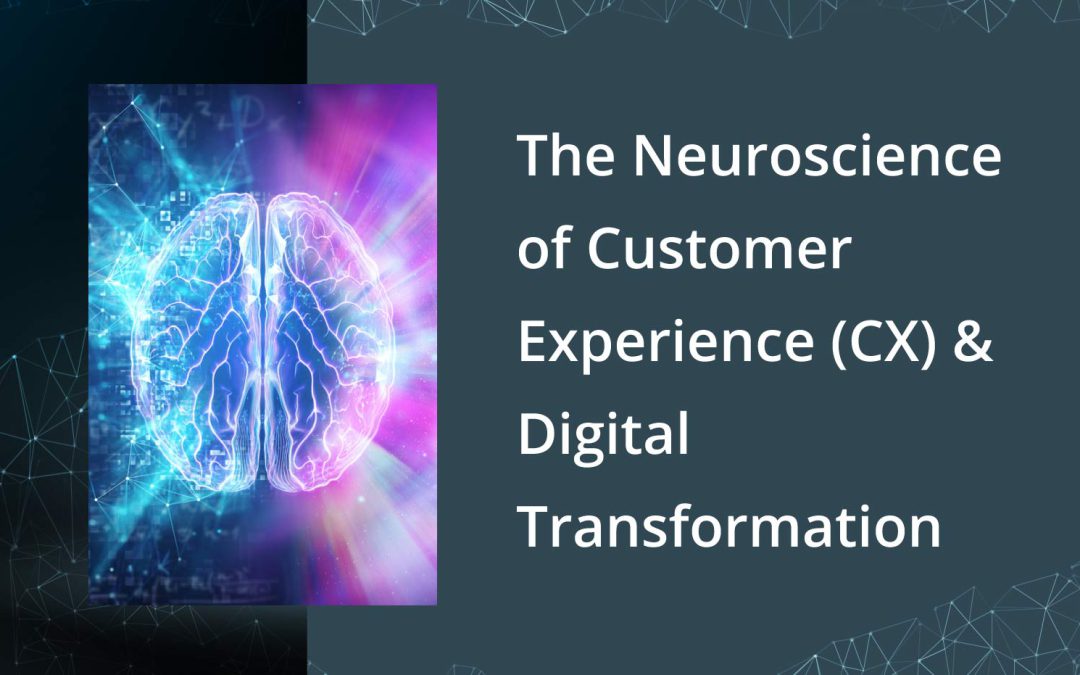


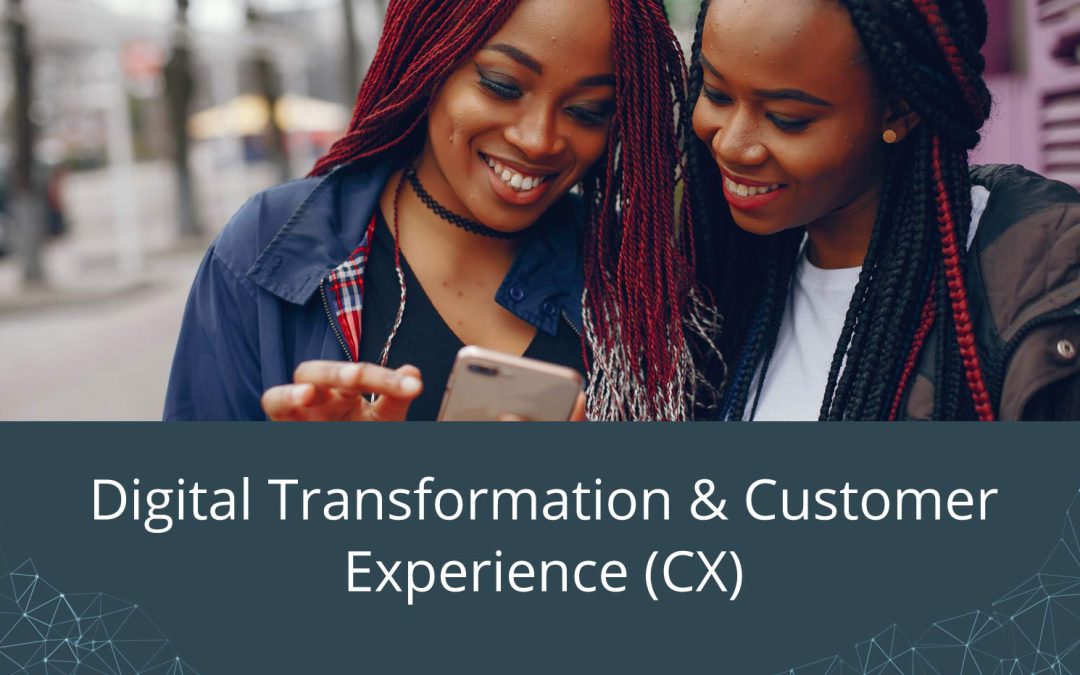








Recent Comments